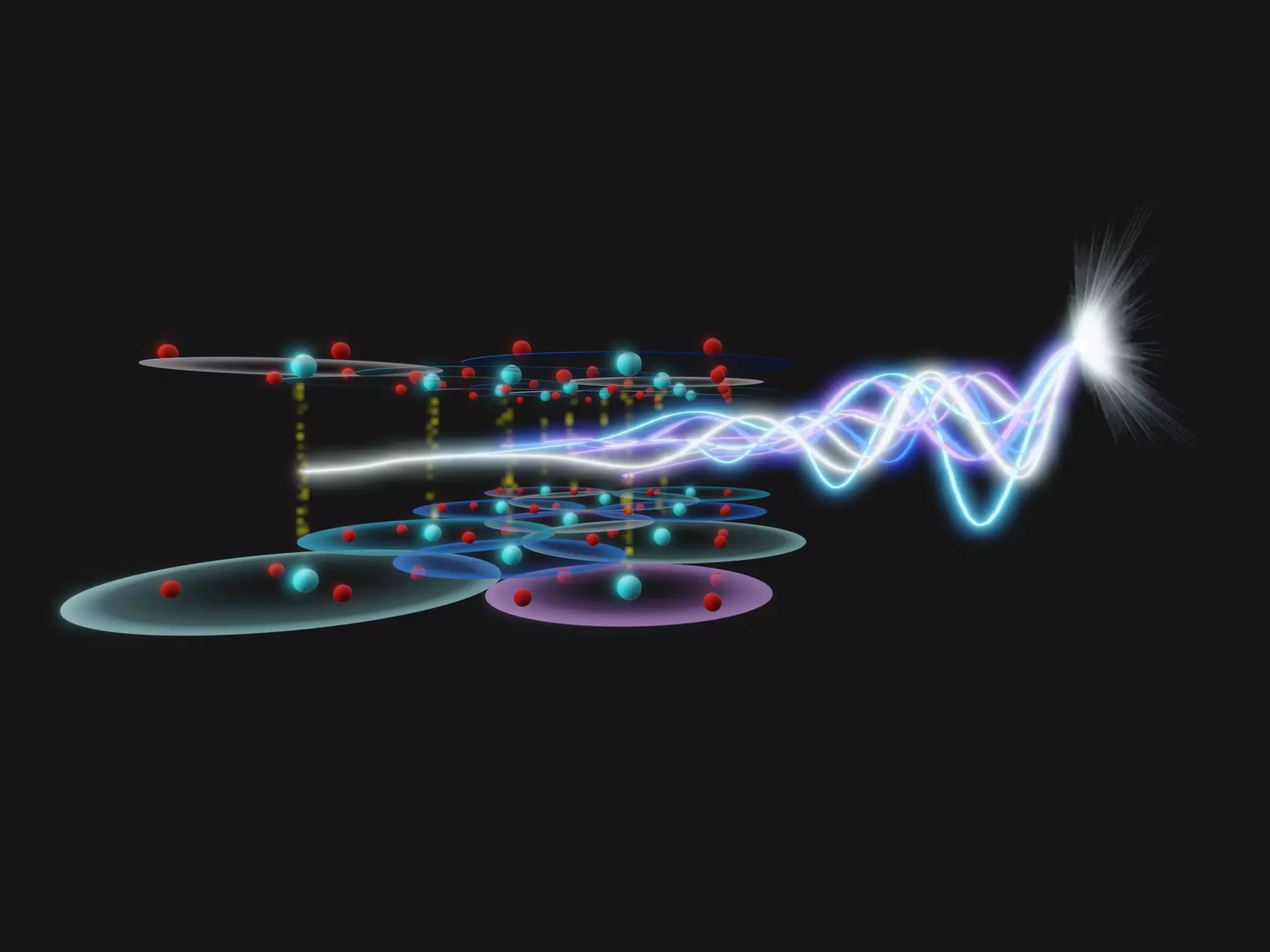Superconductivity stands as one of the hallmark achievements in condensed matter physics, known for its remarkable ability to allow electric currents to flow without resistance. However, the relationship between disorder in materials and their superconducting properties has remained enigmatic, complicating the development of superconductors with high transition temperatures, such as cuprate superconductors. Recent advancements from a collaboration between researchers at the Max Planck Institute for the Structure and Dynamics of Matter and Brookhaven National Laboratory have opened new avenues for investigating these complexities. Their innovative use of terahertz spectroscopy techniques focused on unraveling the information hidden within superconducting materials at temperatures exceeding traditional limitations.
Understanding the Impacts of Disorder
Disorder in superconductors, often introduced through chemical doping, can significantly alter a material’s electronic properties. Understanding how such changes affect superconductivity is crucial for the development of new materials and technologies. Traditional methods of probing these details—such as scanning tunneling microscopy— tend to operate effectively only at very low temperatures, limiting their applicability just when the effects of disorder are most pronounced. This shortcoming has hindered the scientific community’s efforts to comprehend the nuanced impacts of compositional variations in materials like cuprate superconductors, which display superconductivity at approximately -170°C.
The researchers tackled these challenges by employing terahertz pulses of light in a groundbreaking manner. By refining techniques originally derived from nuclear magnetic resonance, they adapted them for use in the terahertz frequency range, where they could leverage the collective modes in solids. The methodology, notably the multi-dimensional terahertz spectroscopy (2DTS), involved exciting a superconductor with multiple terahertz pulses to tease apart its electronic characteristics, yielding insights into how disorder affects the material both below and above the superconducting transition temperature.
The application of two-dimensional terahertz spectroscopy represents a pivotal evolution in the exploration of superconductivity, notably by using a non-collinear geometry. This choice allowed researchers to pinpoint terahertz nonlinearities by their angles of emitted light, vastly expanding their observation capabilities.
Focusing on the cuprate superconductor La1.83Sr0.17CuO4, the team stumbled upon fascinating phenomena they termed “Josephson echoes.” These echoes pertained to the revival of superconducting transport post excitation by terahertz pulses. Surprisingly, they discovered that the disorder affecting superconducting transport was less pronounced than the disorder measured by traditional spatially resolved techniques, suggesting a disparity in how disorder manifests within a material’s superconducting state versus its electronic characteristics at large.
Moreover, an exciting finding was that disorder remained stable at temperatures reaching 70% of the superconducting transition temperature. This stability provided a glimpse into the role disorder plays within the superconducting regime, unveiling critical information that may assist in the design of better superconducting materials.
The implications of this research are far-reaching. The angle-resolved 2DTS technique not only presents a novel approach to understanding cuprate superconductors but also opens up avenues for investigating disorder across a wider spectrum of materials. The ultrafast capabilities of 2DTS also imply potential applications in examining transient states of matter, which previously remained elusive using conventional long-time scale probing techniques.
As scientific inquiry continues to deepen into the realm of superconductivity, this avant-garde approach may well alter the way researchers identify and manipulate disorder in materials. In light of the findings, it is apparent that the quest to harness and understand superconductivity is poised to benefit significantly from ongoing advancements in terahertz spectroscopy, marking a transformative step forward in condensed matter physics. The interaction of light with these complex materials has only begun to reveal its secrets, promising a rich landscape for future exploration and discovery.

